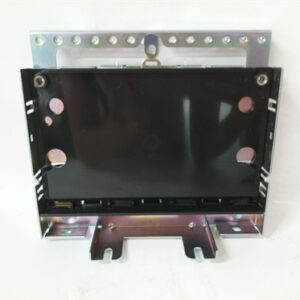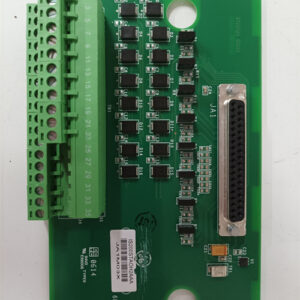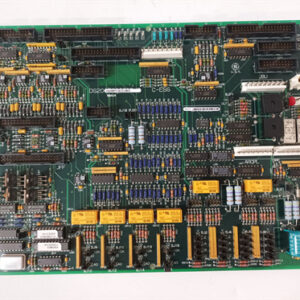الوصف
As an expert in industrial automation, I can provide a detailed and high-quality description of the GE DS200UCPBG5A board.
1. Enhanced SEO Titles
- GE DS200UCPBG5A: UC2000 Processor Card for Mark V Systems (Old Style).
- GE DS200UCPBG5A: The Central Processor Board for GE Turbine Control.
- DS200UCPBG5A GE Board: High-Performance CPU for Mark V PLCs.
- GE Mark V DS200UCPBG5A: The Brain of the UC2000 Unit.
- DS200UCPBG5A: Critical Processor for Turbine Control Systems.
2. Brief Product Description
The GE DS200UCPBG5A is a specialized UC2000 Processor Card, designed for use within the GE Speedtronic Mark V turbine control systems. Often referred to as the main CPU board or an “Old Style” processor card, it is the computational heart of the UC2000 unit. Its primary function is to execute the complex control algorithms, manage the I/O, and ensure the real-time, high-speed operation of the turbine. This board is critical for the seamless and reliable operation of the turbine, handling everything from startup sequences to normal running parameters and emergency shutdowns.
- Part Type: Processor Card (CPU)
- Primary Function: To serve as the central processing unit, executing control logic and managing I/O.
- Compatibility: GE Speedtronic Mark V series turbine control systems.
- Application: Gas, steam, and wind turbine control, power generation.
3. Detailed Product Description
In the world of industrial control, the processor is everything. It’s the “brain” that receives data from the “senses” (I/O cards) and sends commands to the “muscles” (actuators and relays). The GE DS200UCPBG5A is precisely this brain for the GE Mark V system’s UC2000 unit. From my experience, this board is a marvel of its time, designed to operate in a Triple Modular Redundant (TMR) architecture. In such a system, three of these boards (in the R, S, and T cores) work in parallel, constantly voting on the correct action to take, a design that makes the Mark V one of the most reliable control systems ever built for power generation.
A Closer Look at the DS200UCPBG5A
The DS200UCPBG5A is an older-style processor card that plugs into a motherboard-like card, such as the DS200UCIBGxA. It is a single-board computer, often built around a powerful microprocessor (for its time) that is capable of handling the high-speed and complex calculations required for turbine control. Its functions include:
- Executing Control Algorithms: The board runs the turbine’s core control logic, which determines everything from fuel flow to speed control and load management.
- Data Processing: It takes raw data from various I/O cards, such as analog and digital inputs, and processes it in real time.
- Communication Management: It manages communications with other components in the system, including other Mark V cores and the Human-Machine Interface (HMI).
- Fault Detection and Voting: In a TMR system, the
UCPBboards are constantly comparing their results. If one board’s results differ from the other two, the faulty board is “voted out,” and a fault is logged, without interrupting the operation of the turbine.
This “old style” processor card, while technologically superseded by later models, remains a reliable workhorse in thousands of installations worldwide. Its longevity is a testament to its robust design and the effectiveness of the TMR architecture.
Key Features and Benefits
- Core of the Control System: The UCPB is the central processing unit, making it the most critical component for executing the turbine’s control logic.
- High-Speed Real-Time Control: The board’s processor is designed for real-time applications, ensuring that control actions are executed with minimal latency, which is essential for turbine stability and safety.
- Triple Modular Redundancy (TMR) Support: This board is fundamental to the Mark V’s TMR architecture, providing unparalleled reliability and fault tolerance.
- Robust Industrial Design: Like all components of the Mark V system, the DS200UCPBG5A is built to withstand harsh industrial environments, with a robust design and protective coating that ensures long-term, reliable performance.
- Onboard Diagnostics: The board often includes diagnostic LEDs that provide quick visual feedback on its operational status, simplifying troubleshooting for maintenance personnel.
Technical Specifications

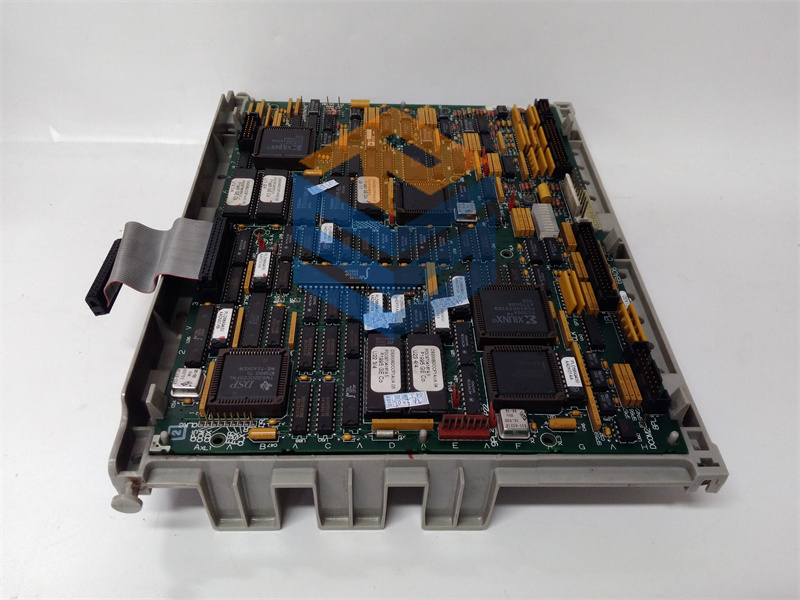
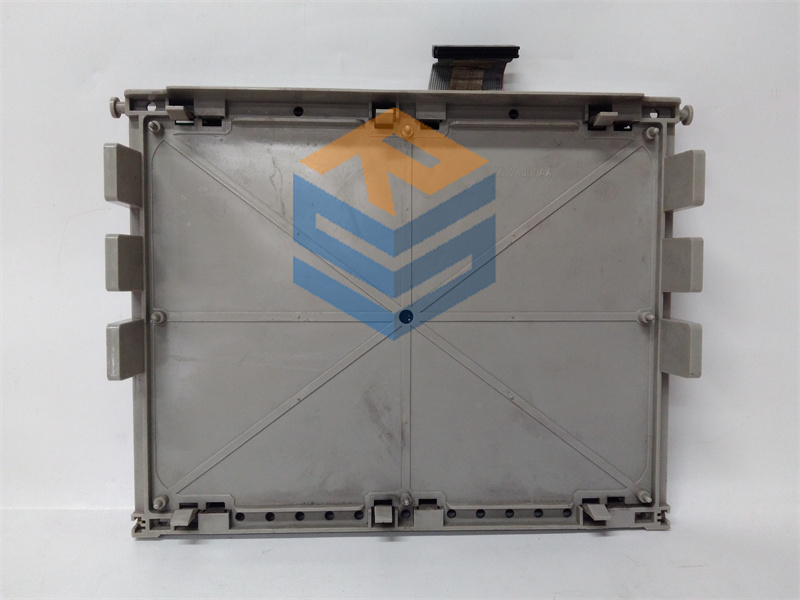

 +86 15340683922
+86 15340683922 +86 15340683922
+86 15340683922